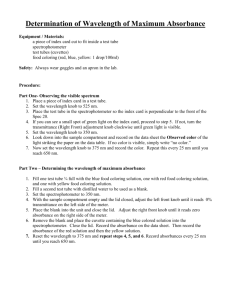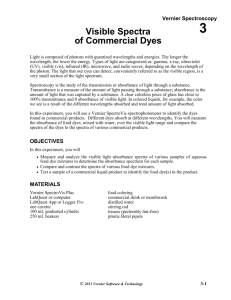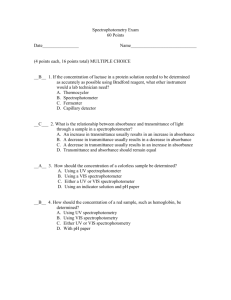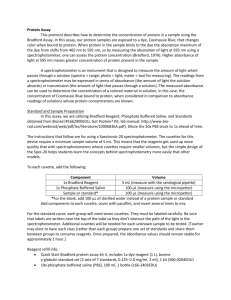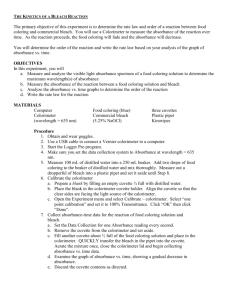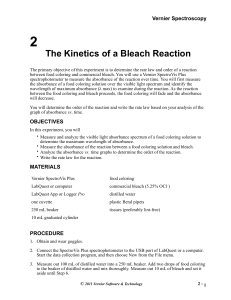Answer Key and Example Data - Baliga Lab
advertisement
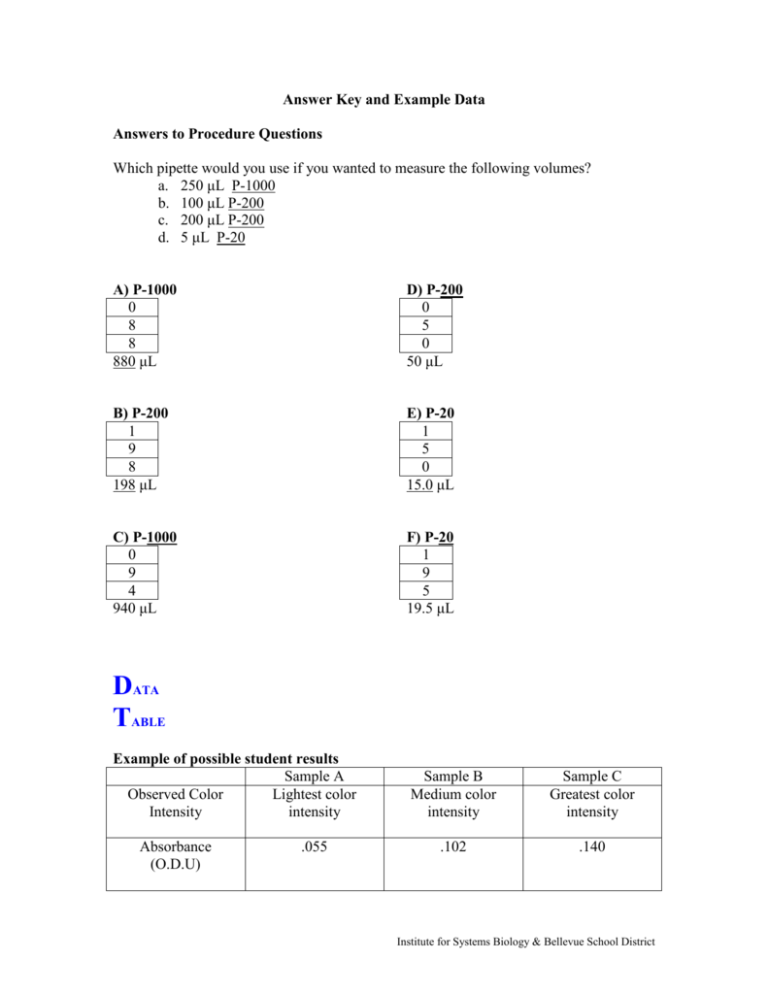
Answer Key and Example Data Answers to Procedure Questions Which pipette would you use if you wanted to measure the following volumes? a. 250 μL P-1000 b. 100 μL P-200 c. 200 μL P-200 d. 5 μL P-20 A) P-1000 0 8 8 880 μL D) P-200 0 5 0 50 μL B) P-200 1 9 8 198 μL E) P-20 1 5 0 15.0 μL C) P-1000 0 9 4 940 μL F) P-20 1 9 5 19.5 μL DATA TABLE Example of possible student results Sample A Observed Color Lightest color Intensity intensity Absorbance (O.D.U) .055 Sample B Medium color intensity Sample C Greatest color intensity .102 .140 Institute for Systems Biology & Bellevue School District QUESTIONS Micropipetting Lab 1. How do your dried samples compare to your partners for the same volume of food coloring? Student answers may vary but they should get similar sized samples. If students do not, they may have not used proper techniques. Make sure students are completely ejecting the sample by pressing the micropipette to the second stop. Also make sure that they are completely removing the micropipette before releasing their thumb from the plunger. 2. If two students get different diameters for the same volume of food coloring, what are some possible explanations for this? Student answers may vary. See above question for possible explanations. 3. How does the diameter of the 500 μL drop compare to the diameter of the 1000 μL drop? The diameter of the 500 μL drop should be 1/2 the size of the 1000 μL drop. Spectrophotometry Lab 1. What is the relationship between observed color intensity and the absorbance? The absorbance decreases when the color intensity decreases. When more water is added to the food coloring, the mixture becomes more dilute or less concentrated. There are less food coloring particles in a given volume of water. Thus, the more light can pass through and less light is absorbed by the sample. 2. What would you know about two samples if one sample has higher absorbance than the other sample? If one sample has a higher absorbance than another then I know that the sample with the higher absorbance is more concentrated (or has more particles in a given volume) than the other sample. 3. What is the purpose of the cuvette with water (blank) and why do we use the cuvette with water (blank) between each reading? The blank serves to zero the spectrophotometer. It is important to zero the spectrophotometer each time so that changes in absorbance are only due to the change in the amount of food coloring in the sample. 4. Spectrophotometers can be used to measure cell density (the number of cells per unit of volume). How would the absorbance readings on the spectrophotometer compare if you have two samples, one with very little cell growth and one with a lot of cell growth? Institute for Systems Biology & Bellevue School District If you have two samples with different amounts of growth, the sample with more cell growth will have a higher absorbance. The sample will have more cells per unit volume (or a higher concentration of cells) and more light will be absorbed (less light will be transmitted). Extension 1. 2. 3. 4. 3 L = 3,000,000 μL 3 μL = 0.003 mL 10 mL = 10,000 μL 100 μL = 0.0001 L 5. 6. 7. 8. 100 mL = 0.1 L 20 μL = 0.020 mL 2,000 mL = 2,000,000 μL 0.05 mL = 50 μL Institute for Systems Biology & Bellevue School District



